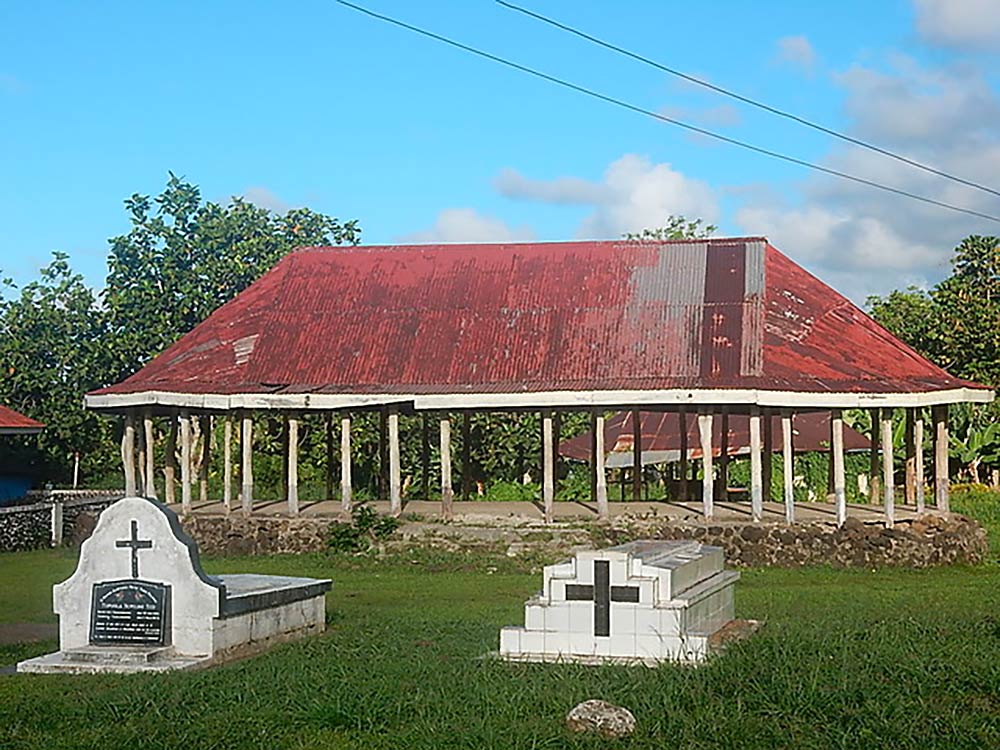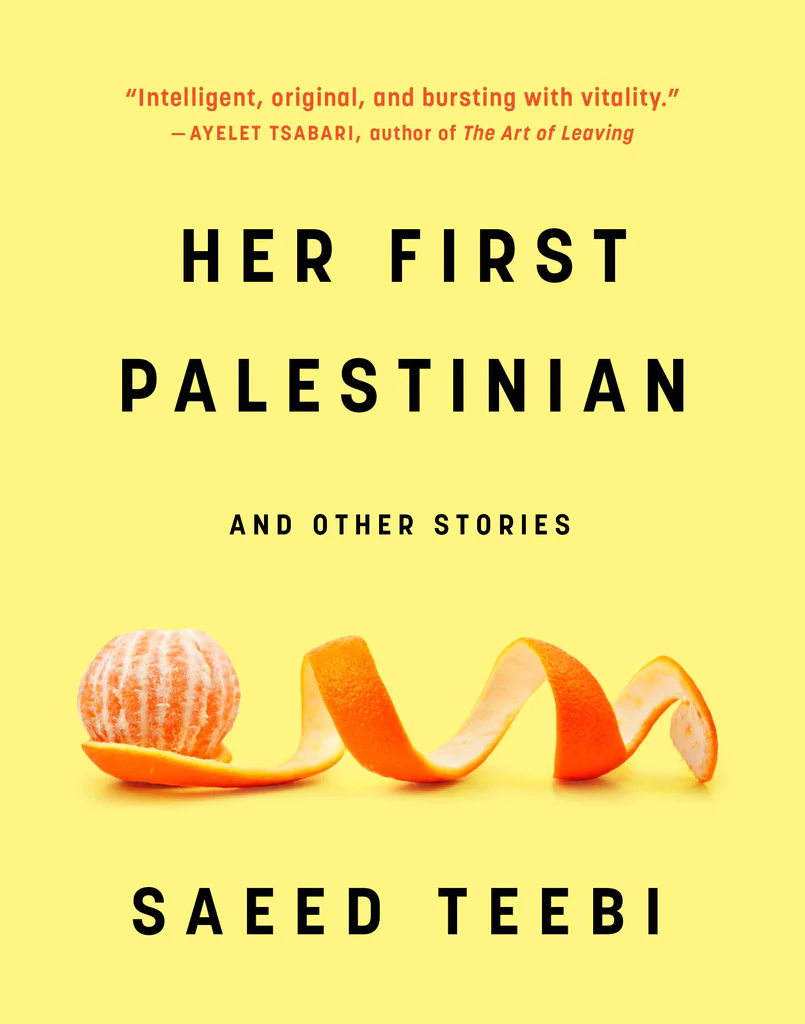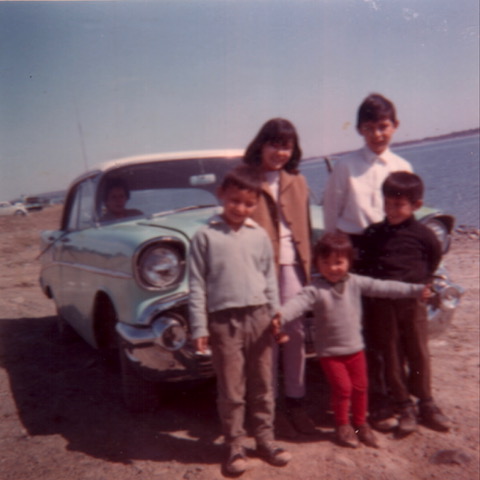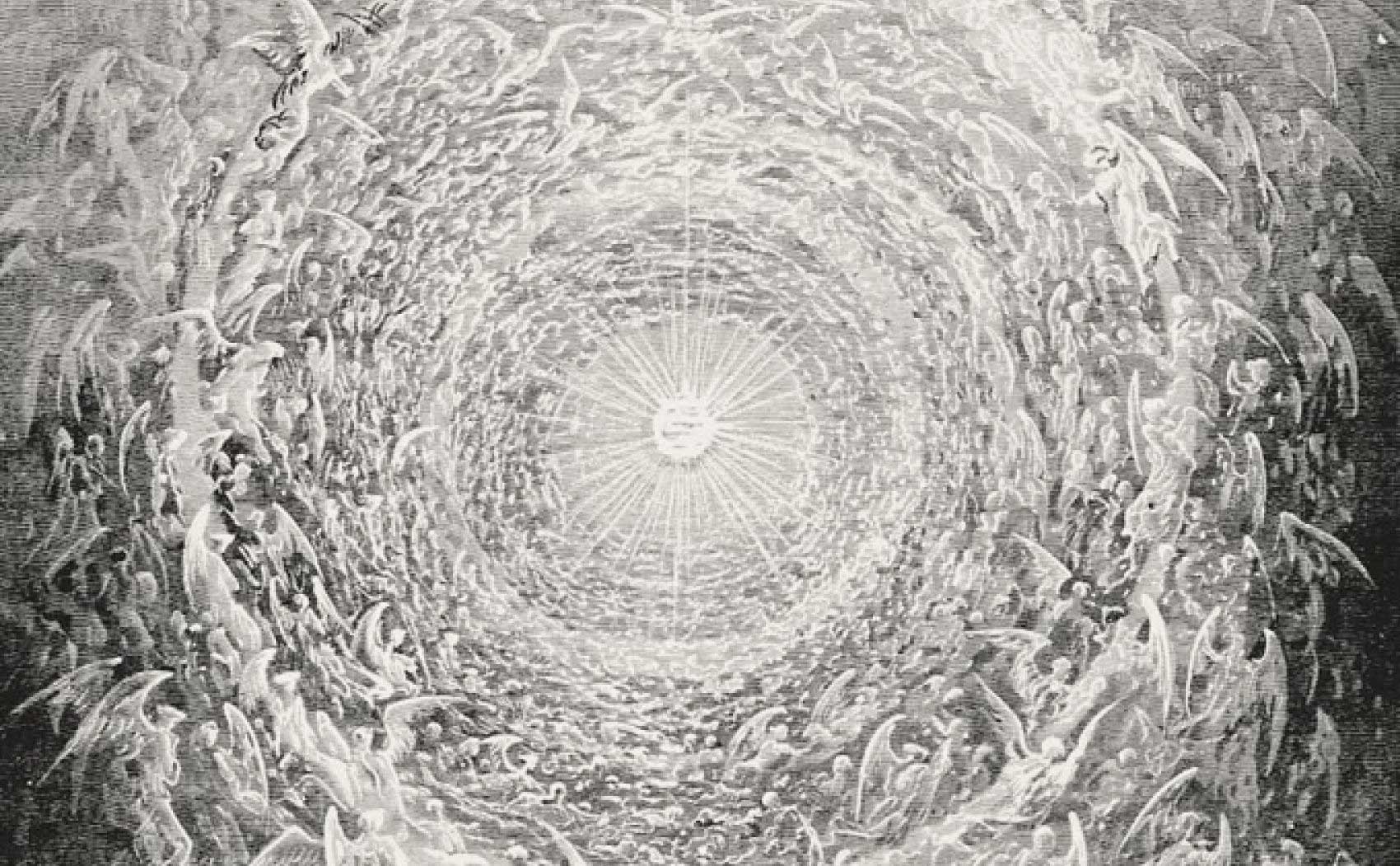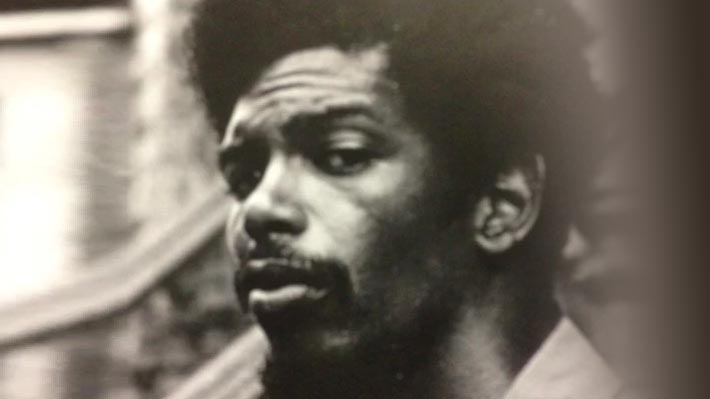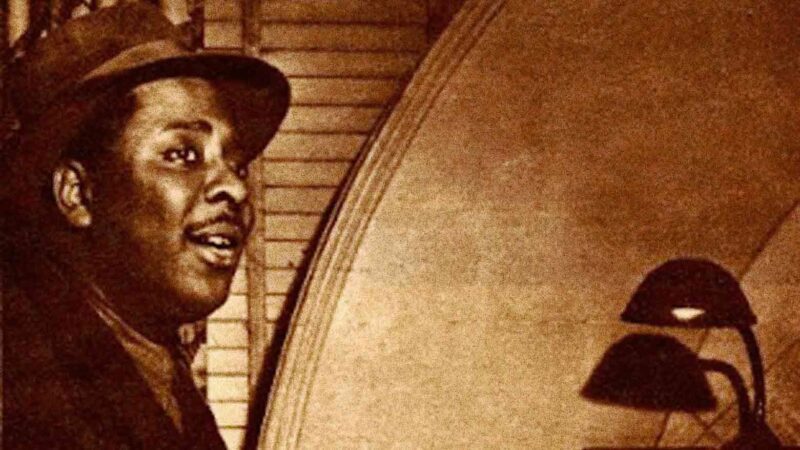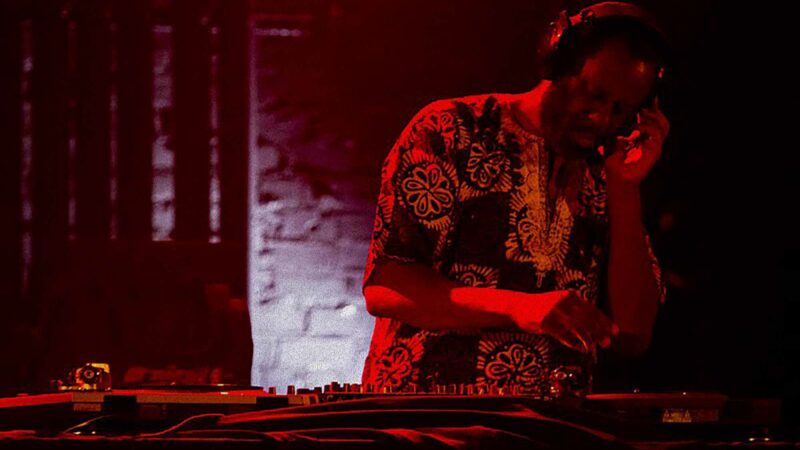An Interview With Meenakshi Shedde
There was a rare treat at the Toronto International Film Festival (TIFF) in the week of November 14th to November 21st 2012: a retrospective entitled Indian Expressionism.
It explored the cinematic links between India and Germany – the India of early German cinematic fantasies, the German Expressionist influence on Indian cinema, as well as Indo-German film collaborations.
Presented by the well-known Indian cinema curator Meenakshi Shedde, the film screenings included V. Shantaram’s Pinjra (Cage), a Marathi tamasha dance version of Josef von Sternberg’s The Blue Angel; V. Shantaram’s Amrit Manthan (The Churning of the Oceans), which was heavily influenced by German Expressionist cinema; and the Fritz Lang double bill Der Tiger von Eschnapur/Das indische Grabmal (The Tiger of Eschnapur/The Indian Tomb), which explodes with saturated colours, action and erotica.
More details about the movies and Shedde’s press note can be found here:
Mumbai-based Shedde is India Consultant to the Berlin and Dubai Film Festivals and has served as India/Asia Curator/Consultant to numerous festivals worldwide. She was on the The International Federation of Film Critics (FIPRESCI) Critics’ Jury of the Cannes, Berlin, Venice and Oberhausen Film Festivals, and writes on film for leading cinema journals. She spoke with Veena Gokhale about this unique connection between the cinemas of India and Germany.
VG: Hello Meenakshi – what an interesting event this is. Congratulations for putting it together. How did you discover this connection and how did this retrospective come about?
MS: Thank you, Veena! I’ve been India Consultant to the Berlin Film Festival for nearly 15 years, and have long been aware of the close connections between German and Indian cinemas. Last year, I was Consultant to the “Raj Kapoor and the Golden Age of Indian Cinema” retrospective that Toronto International Film Festival (TIFF) Bell LightBox commissioned. I shared an excellent rapport with Noah Cowan, its Artistic Director, and hugely respected what he was doing here. The programme was a big success and travelled widely throughout North America, including to The Museum of Modern Art in New York. A casual chat over coffee eventually led to the Indian Expressionism programme.
VG: Coffee can be really potent! What are some of your own favourites in this retrospective – scenes, techniques, music, actors, etc – and why?
MS: There is a mind-boggling erotic snake dance in Fritz Lang’s The Tiger of Eschnapur. Debra Paget is nearly naked, except for three, strategically placed, tiny, sequinned bits, when she is ordered to dance before a snake in a Hindu temple, to test whether she is good enough to become Queen. It’s so outrageous and jaw dropping that you’ll never forget it. There’s another wonderful sequence in Mahal (Palace), with celebrated Indian actors of that time – Madhubala and Ashok Kumar. They were lovers in an earlier birth, then both died; Ashok Kumar has already achieved rebirth but beautiful Madhubala is still a ghost in limbo, and she recognizes him. She explains this to him as they descend a secret staircase by candlelight, the candle throwing deep shadows; the staircase itself being a metaphor connecting their public and private worlds, this birth and the last; a staircase between lives, so to speak. It’s masterly direction and cinematography that evokes multiple resonances with simplicity and elegance.
VG: Could you tell us something about German Expressionism so we have more context?
MS: Germany was relatively isolated from the rest of the world during World War I, and the government had banned the import of foreign films for a while. German Expressionist films made up for a lack of lavish budgets – which Hollywood boasted – by having set designs and performances in an exaggerated, distorted, unrealistic style that reflected inner, emotional realities. They also addressed darker themes like insanity and betrayal, as opposed to mainstream romance and action. The movement flourished during the Weimar Republic from 1919 to 1933. Robert Wiene’s The Cabinet of Dr Caligari and Fritz Lang’s Metropolis are great examples of German Expressionism. Filmmakers like Alfred Hitchcock, Himansu Rai and V. Shantaram – all of whom had visited the UFA Studios in Germany or worked there – clearly showed the influence of German cinema, particularly German Expressionism, in their later films. V. Shantaram’s Amrit Manthan and Kamal Amrohi’s Mahal, produced by Himansu Rai’s Bombay Talkies, and shot by German cinematographer Josef Wirsching, are both examples of this.
VG: So who are these guys anyway? The Indian directors – V. Shantaram, Kamal Amrohi, Himansu Rai; the Germans – Josef von Sternberg, Fritz Lang, Franz Osten? They were legends in their time but present-day film buffs may only know them distantly.
MS: Himansu Rai was studying law in England, when he met the playwright Niranjan Pal and set up the Indian Players theatre group. Later, they collaborated on their first film, Prem Sanyas (Light of Asia), directed by the German director Franz Osten. It was one of the first Indo-German collaborations between Great Eastern Film of Delhi and Emelka Films of Munich. It depicted the story of Gautam Buddha, with Himansu Rai acting the lead role. He later set up Bombay Talkies in 1934, one of the most modern pre-Independence studios, and Franz Osten and his crew were on its payrolls. Osten directed 14 Hindi films for Bombay Talkies, including Achhut Kanya and Kangan.
V. Shantaram was a remarkable director, producer; he was a technical pioneer as well as a social reformer. His best known films include Duniya Na Mane and Aadmi. His Do Aankhen Barah Haat (Two Eyes, Twelve Hands) won the Silver Bear in Berlin in 1958. He remade Sternberg’s The Blue Angel (1930) as Pinjra (Cage) in 1972. He used the Marathi tamasha dance form, a rather sensuous and erotic folk dance of Maharashtra state, of which Bombay (Mumbai) is the capital.
Kamal Amrohi is best remembered for his film Pakeezah; he also made Mahal, which I spoke of earlier. It is shot by Josef Wirsching in a black-and-white style that is clearly influenced by German Expressionism, especially Robert Wiene’s The Cabinet of Dr Caligari.
As for the German directors, Fritz Lang is one of the greatest directors of world cinema; his greatest films include Metropolis and M, and two of his films– The Tiger of Eschnapur – The Indian Tomb –were shown in this programme. Sternberg’s The Blue Angel launched Marlene Dietrich’s international career. It was the first of the talkie films in Germany.
VG: What a landmark era! It would be good to have some specific examples of the give and take between the two cinemas. You say for example that Shantaram’s Pinjra was an Indian version of Sternberg’s The Blue Angel. How so? How do Pinjra, Amrit Manthan and Mahal (Palace) reflect some of the typical features of Expressionism? Were Osten and Lang influenced by Indian cinematic styles of that period as well?
MS: V. Shantaram had gone to Germany to print India’s first colour film – Sairandhri – in 1933. He was influenced by both the aesthetics and content of German cinema. He had made lumbering religious mythological films till then, but after his visit, both his style and content changed significantly. He made Amrit Manthan in 1934. It’s a religious theme about a king who wants to ban animal sacrifice in religious ritual, but it plays out as an action-packed thriller amid palace intrigues. It also used a telephoto lens to create a close-up of the priest’s eye that was shocking, and very advanced, for its time.
When Shantaram made Pinjra he retained the core story of The Blue Angel, about an upright professor whose life is progressively debased after he falls in love with a nightclub singer, Lola Lola. But he significantly Indianised it, and the cross-cultural resonances make for a fascinating study. First of all, Sternberg approached the Blue Angel as a kind of bourgeois, horror story, sympathising with the professor who falls from grace. But in Pinjra, Shantaram also emphatically does the reverse – he repeatedly uses religion and literature to valourise the prostitute. He has an erotic ensemble song and dance in a river, where the lyrics refer to Lord Krishna flirting with the gopis (cow girls) and stealing their clothes while they bathe in the river. He quotes the great Sanskrit poet Kalidasa in his classical achievement, Shakuntala, which describes erotic love, and explains that their intention is similar to those of the lavani lyrics of the tamasha form, which are commonly held to be bawdy. Although the film is an extremely melodramatic version of Sternberg’s film, and very long, I was absolutely delighted with the audience response.
VG: When I saw Pinjra I was rather struck by the sort of folksy wisdom that the prostitute character often displays when she speaks. He does not stereotype her, which is admirable for the time. So how was the retrospective received at TIFF? Do you recall any interesting observations? Are you going to show this selection elsewhere? In Germany perchance?
MS: Many viewers stayed back after the screenings to ask questions and share their admiration. For example with Pinjra, some were impressed by how effectively Shantaram used melodrama to make a larger point. Others observed how erotic and sensuous lavani dances are, compared to the more in-your-face sexiness of Bollywood dancing. Some preferred the quieter, black-and-white, Joe May’s 1921 silent version of The Indian Tomb – The Tiger of Eschnapur, to Fritz Lang’s flashier 1958 version in colour. Another gasped during a chase scene in Lang’s film and yelled: “Watch out, grab your sword!” when the hero was in trouble, caught up as if he was in a regular Bollywood film. It’s likely the package will travel. Both the Artistic Director of Tiff Bell LightBox and the Manager, Film Programmes, are travelling abroad at the moment, so I can update you later.
VG: Do these films ever get shown in India to general audiences? Are they available on DVD and is anyone buying them? Or are they just an incredible segment of film history, a bit arcane and precious?
MS: Light of Asia is often screened on 35mm in India and worldwide, usually to live musical accompaniment – as it was here at Tiff. It is particularly shown at film festivals, and is available on Amazon. Reliance, the Indian multinational, is restoring and digitizing many films of the National Film Archive of Indiacorporation . Hopefully these films will be released on DVD soon. Pinjra is available on DVD; Amrit Manthan is available on VCD without English sub-titles. Mahal is on DVD too, but it’s a shabby version with poor subtitles. High-quality versions of The Blue Angel and The Indian Tomb – Tiger of Eschnapur DVDs can be ordered from Amazon – Fantoma, even if the English sub-titling is a bit off.
VG: I am curious about the state of Indian cinema curatorship, scholarship and critical writing on the topic. Is there an explosion? What’s going on? You are a film critic as well, right?
MS: Yes, I’m both a film critic and curator – in fact I won the Indian National Award for Best Film Critic. I think there’s not enough Indian curatorial work in film that is informed and innovative. There are few options to learn this skill. The Film and Television Institute of India recently invited curators, including myself, to lecture at a workshop on film curating. The India Foundation for the Arts and Katha Centre for Film Studies have also held film curating workshops. While there is some critical film writing, mostly in academic books, there is a tragic lack of informed critical writing in the mainstream media, and a near-total absence of critical engagement with filmmakers themselves. If you write an entire article praising a director, but mention in passing that it’s not his best film, he’ll want to slit your throat. It’s absurd, but almost all Indian filmmakers have eggshell egos that crumble with honest criticism and aggressively demand only PR and sycophancy. Sadly, a culture of sycophancy is rapidly seeping in.


